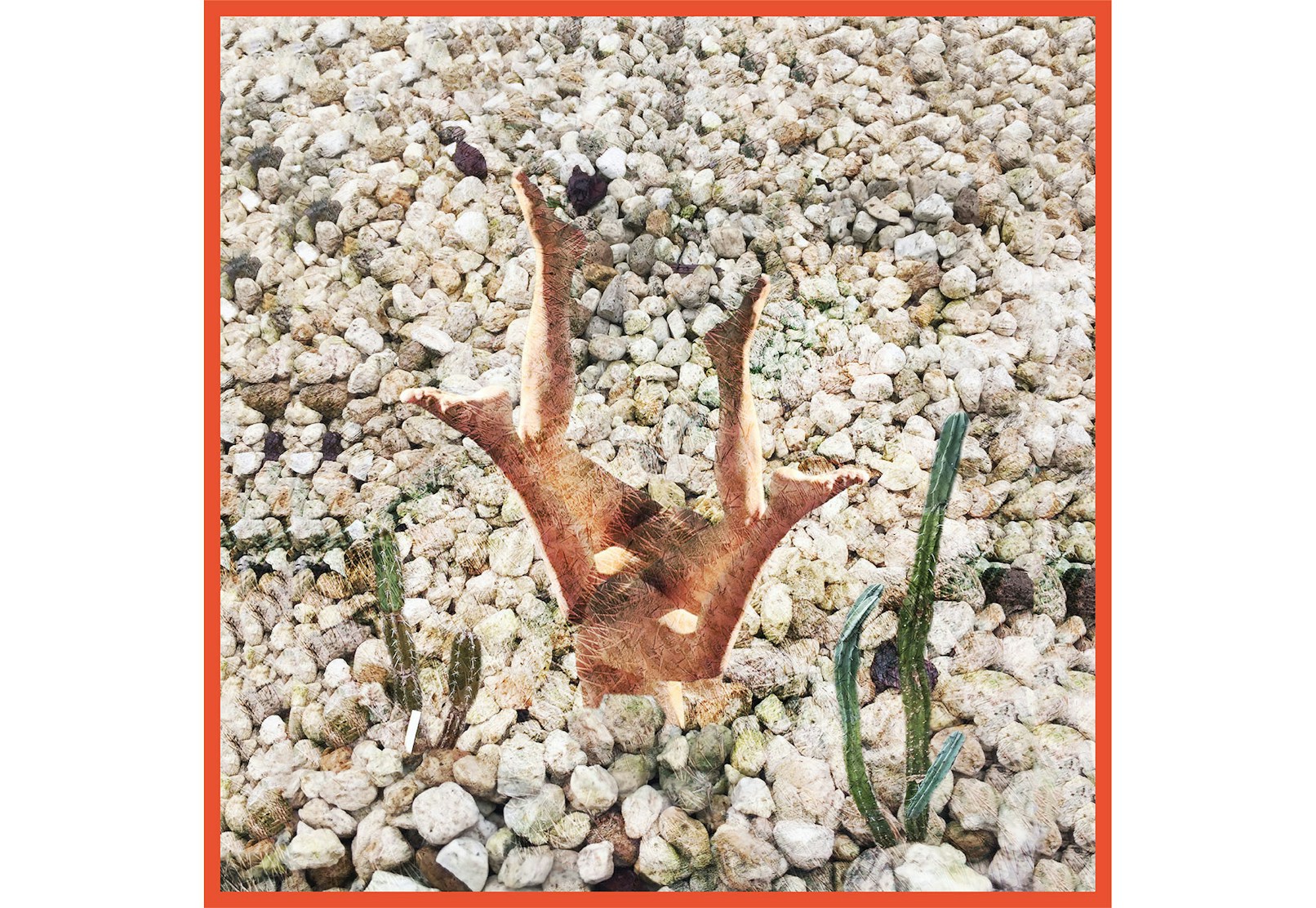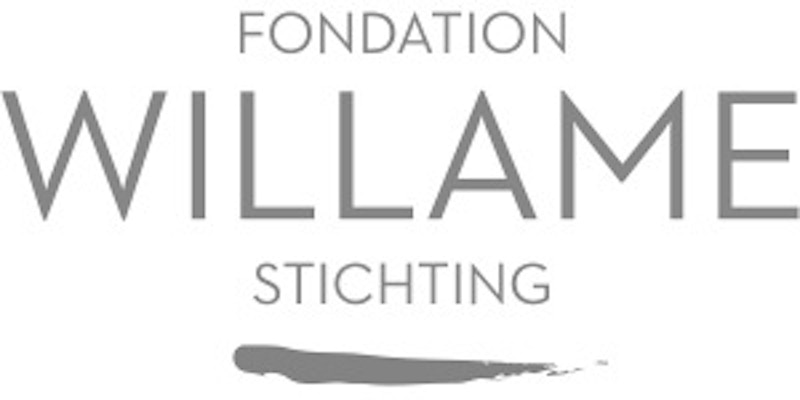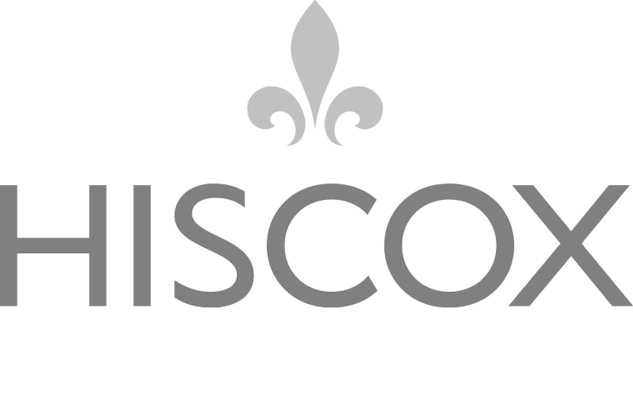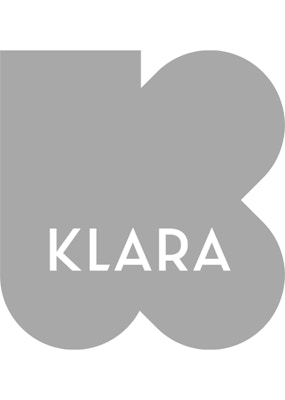Kristaps Ancāns
Kristaps Ancāns’ (°1990, LV) practice celebrates the con- and diffusion that reigns over the
relationship between man, nature and machine through an ever-evolving conceptual word and
image game. Ancans’ artistic concept is rooted in natural sciences and language, whereas his kinetic
sculptures are developed around the semiotic possibilities of movement and repetition. This formal
and linguistic logic finds parallels in Ancāns’ text-based works that make use of absurd instructions,
riddlish listings and philosophical metaphors in order to perplex the intended and effective meaning
of the printed phrases.
For Publiek Park, Kristaps Ancāns will create a work for the gatehouse in the Citadelpark, which is the only visible remnant of the original citadel. His site-specific work will add language to the building, referring to the linguistic elements that are already present on the gatehouse and to the social function that this location embodies.
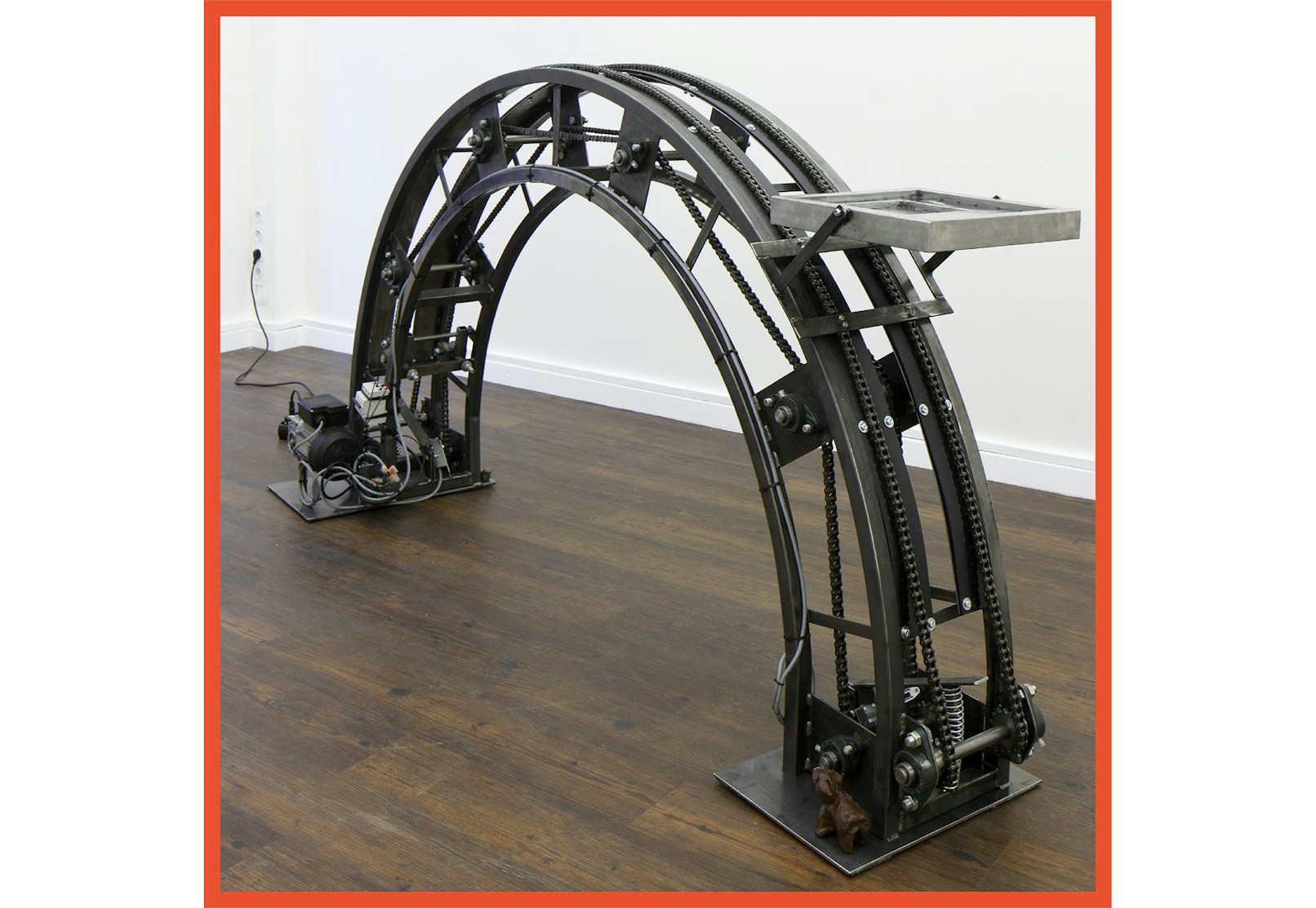
Ines Claus
The practice of Ines Claus (°1993, BE) diffuses the borders between drawing, painting, collage,
print, publication and installation. The layered surfaces give voice to imagery that is adorned with
semiotic phrases, lifestyle emblems and linguistic symbols. The painted lines and colourful planes
express a visual complexity that resonates with the artist’s elaborate referential network of images.
Claus recites motives from the worldly parade of daily reality, peppered with frivolous curls and
checkered frames. The rough and pictorial facades of the canvases give shelter to an intricate web of
cultural perspectives and visual languages, originating from the registers of publicity and fashion, of
books and shoes. Through bold compositions and outspoken aesthetics, Claus perpetuates an utopian
scenery which is seasoned with a bittersweet aftertaste.
For Publiek Park, Ines Claus is commissioned to create a new mural painting on the flank of the
brutalist ICC building in the framework of the presentation platform of the atelier organisation
NUCLEO, called BLANCO. The painting will be situated in close proximity to the former dog
shelter and will be based upon the artist’s observations in the park.

CMMC
CMMC (°1989, NL/BE) performs self-invented cognitive constructions, always with a latent sense
of humor. Their intensity is translated in very long performances (up to twenty-four hours), that
have evolved over the seven years of their existence from working on quickly alternating emotions,
text recitation and lengthly synchronized movements, to more stylized conceptual responses to the
invitations they receive. The pieces often bring about an almost trance-like state in the performers.
For Publiek Park, CMMC will create a new performance for the palmarium glasshouse, a location which is being vacated of the palm trees that reside outside the building during the warm summer months.
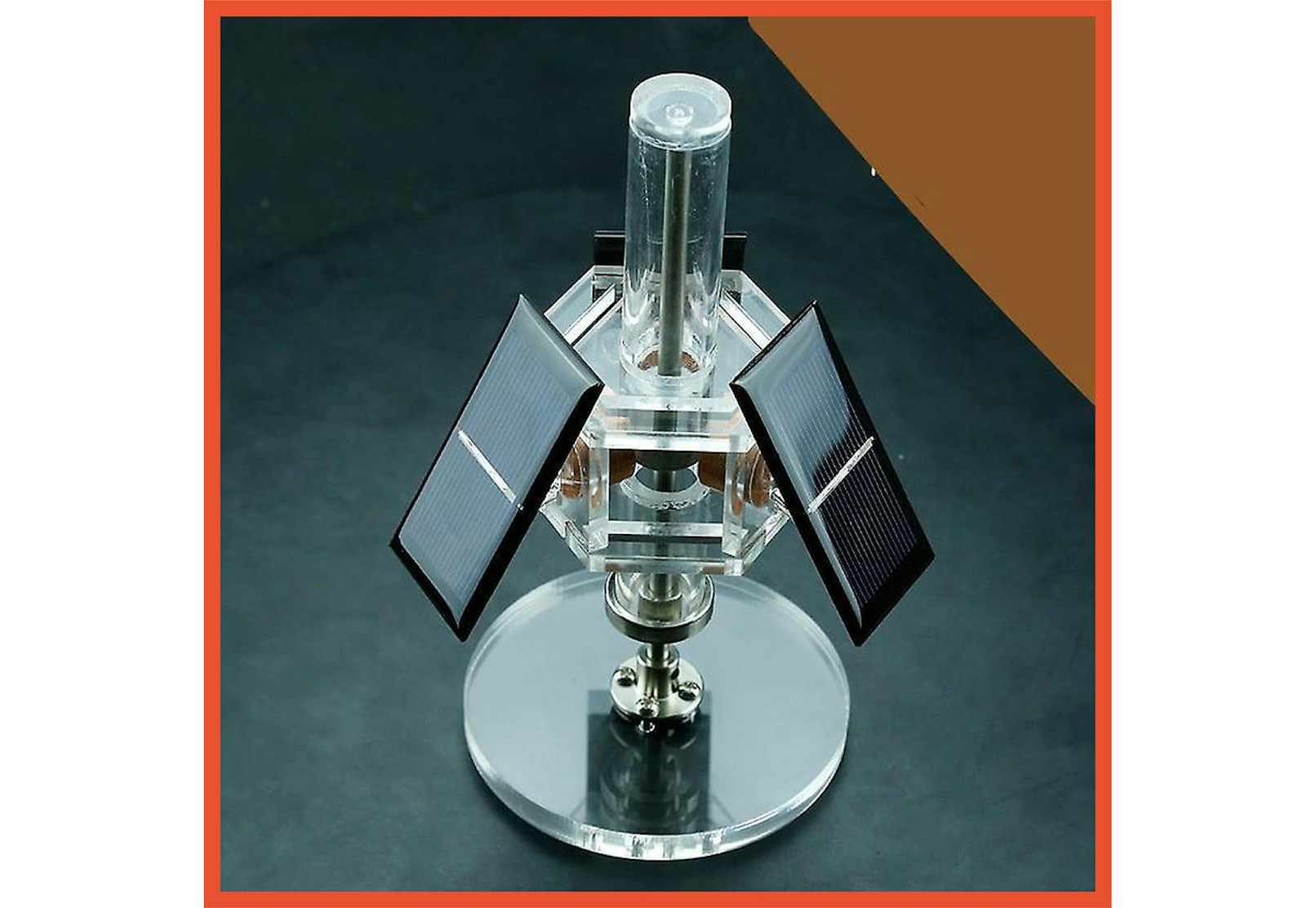
Marc Cosyns
Marc Cosyns (°1954, BE) is an academic and cultural centipede who is engaged in context-based
projects with a critical, literary and progressive stance. As a doctor, he is relentlessly committed
to patient rights including natural birth, abortion and euthanasia, therefore rethinking the ethics
of the medicinal world from a rebellious attitude. In addition, Cosyns is a pro-active inhabitant of
the neighborhood of the Citadelpark. He is concerned with the social stratification of the site, an
awareness which results in a multitude of artistic interventions that reside in and flourish from the
natural landscape. Cosyns’ writings give awe of a thorough and in-depth analysis of his environment
without substituting on personal sincerity. The artistic and activist practice of Marc Cosyns
demonstrates an integer entanglement with the societal fabric of his living environment and therefore
dismantles the problematics of the public sphere.
For Publiek Park, Marc Cosyns will intervene on the route with a fragmented installation that will appoint several alleys and pathways across the park with renewed names which will allude upon the historical layers of the site.

Koba de Meutter
The installations of drawing artist and sculptor Koba De Meutter (°1992, BE) question the status
of an object by challenging the viewers in their role of user, author, passer-by and spectator, and by
manipulating the posture of humans and their juxtaposition to objecthood. De Meutter’s practice
reflects upon functionality as such and upon the object as a sculpture, a structure or a tool. During
deliberate actions and coincidental events, she combines found material and architectural elements
to create sculptures that intervene in the public sphere. The resulting constellation finds its residue
in photographic documentation, in artist-publications (as a testimony of the past actions) or in her
personal living environment, ultimately interchanging the context of the exterior public sphere for the
interior intimate realm.
For Publiek Park, Koba De Meutter will create a table-like sculpture that behaves as an open stage or
speaker’s corner, inviting the park visitor to interact with the installation.

Marcin Dudek
Marcin Dudek (°1979, PL) works within the areas of performance, installation, sculpture
and collage, creating situations based on the artist’s personal experiences in relation to
universal questions of crowd (mob) psychology. Dudek’s objects touch upon questions
regarding control, hierarchy of power and mechanisms which are regulating violence as
approached from sociological, historical, and psychological standpoints. Dudek allocates the
atmosphere and local character of the football stadium as a significant point of departure for
experimental actions within the field of art.
For Publiek Park, Marcin Dudek will stage a four-day site-specific performance inspired by his personal history as an ultra-hooligan. This nomadic installation will move through the Citadelpark over the timespan of the exhibition and will be transformed by the artist on a daily basis.
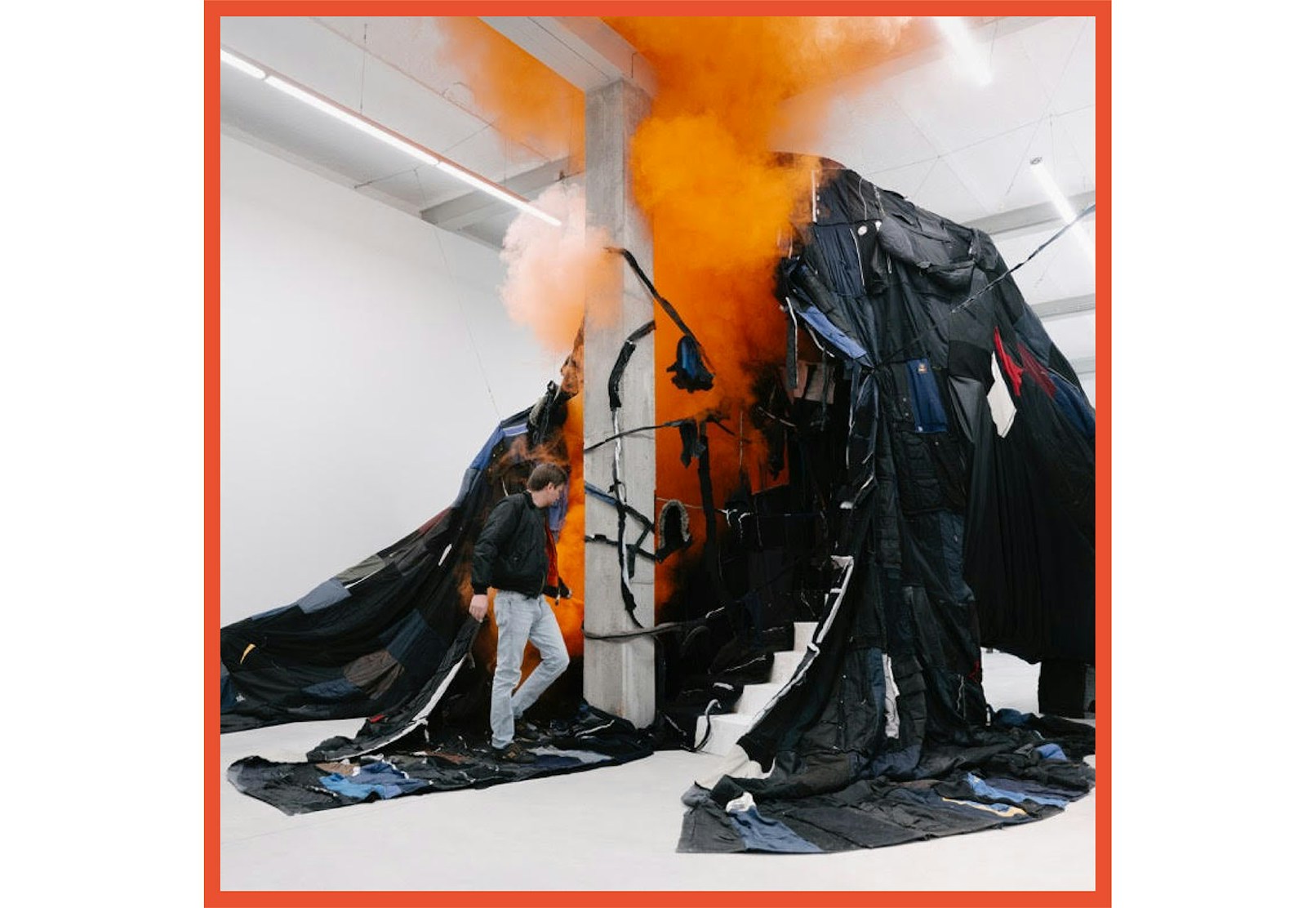
Helen Anna Flanagen
Helen Anna Flanagan (°1988, UK) intertwines real events with fictitious narratives in order to
produce video-installations and performances that unfold the complexion of the societal fabric. Her
works are constructed by imaginative scenarios – often rooting from the motive of ‘the absurd’.
Flanagan outlines and subverts screenplays of social constructions and political subtexts by means of
focusing on affectious emotions, bodily labor, playful conversations and gestures of the everyday.
For Publiek Park, Helen Anna Flanagan will show a video that interacts with and reflects upon the specific genius loci of the Citadelpark and its complex social construct through ingenious dialogues and audiovisual scenery.
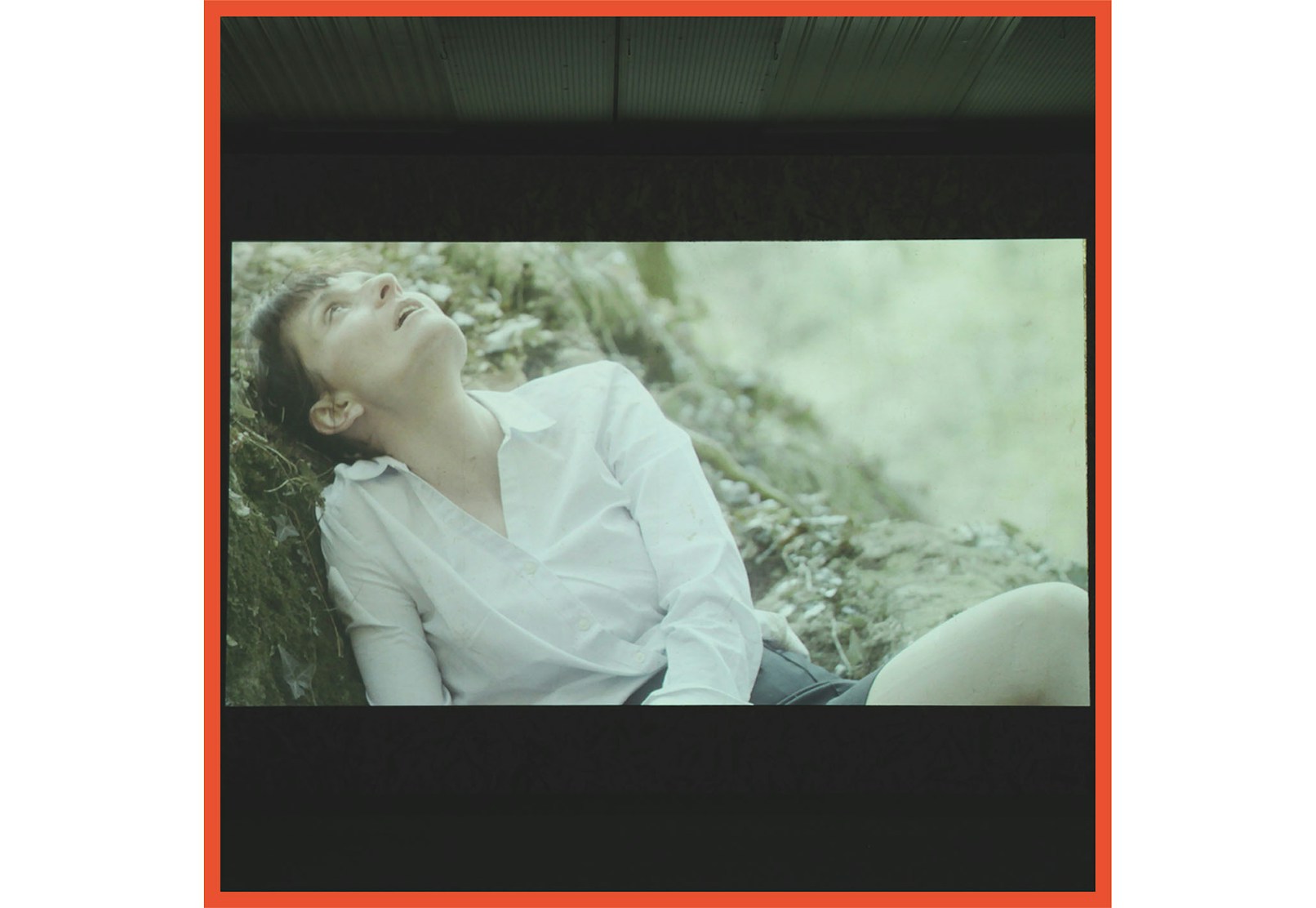
Mark Grootes
Mark Grootes (°1991, NL) creates installations and videos wherein the artist investigates the
dichotomy between culture and nature but moreover how this dualistic constellation influences
humankind and the environment. Grootes’ interventions consistently refer to existing and/or historical
locations around the globe, leading towards a complex system of intertextual references and visual
connotations that interweave the common notions of cultivation, history, economy, society and
politics.These alternative connections ultimately culminate in a network wherein ‘the ruin’ runs as a
symbolic thread through his practice.
For Publiek Park, Mark Grootes is creating a new installation in the Grotto tunnel called The Cave of
Forgotten Fish, inspired by Werner Herzog’s iconic film The Cave of Forgotten Dreams.

Polina Kanis
Polina Kanis (°1985, RU) mainly produces films and video installations. Her work investigates,
among other things, the ‘suspended moment’ and exposes the dialectic relationship between action
and non-action, thus dissolving the boundary between human and non-human spheres. The artist
tends to shift accepted temporalities in order to decentralise the ‘normative’ human time perspective.
She considers the rewriting and re-experiencing of our environment crucial for developing an
alternative view of the planet. Her choreographed situations make use of temporal symbolics and
vanished nostalgia whilst critically questioning the mechanisms that construct these sensibilities in
a timeless and universal framework. Her social staging reinvents rituals while investigating power
dynamics of the individual in formed groups. In her approach, she exposes broken structures by using
routine, rhythm and repetition.
For Publiek Park, Polina Kanis will present a new film in the casemates of the original citadel, a location that currently is used as a storage space for the green services.

Gaëlle Leenhardt
Gaëlle Leenhardt’s (°1987, FR) practice is rooted in the comprehensive knowledge and the
thorough study of materials. The historical, archaeological, architectural, sedimentary and human
characteristics of her working environment resolutely determine her artistic production. ‘To excavate’
is the verb that describes Gaëlle Leenhardt’s work the best whereas her practice expands as a
palimpsest on a material and conceptual level. Leenhardt maps, records and archives local materials,
symbols and imagery as an inherent part of her installative trajectory, resulting in an auto-referential
network of residues and interventions. Her artistic discourse aims to dig up the essence of the medium
of sculpture through geological, contextual and material research.
For Publiek Park, Leenhardt will carry out artistic and historical research on the pediment of the gatehouse in Citadel Park, which will result in a museal outdoors installation.
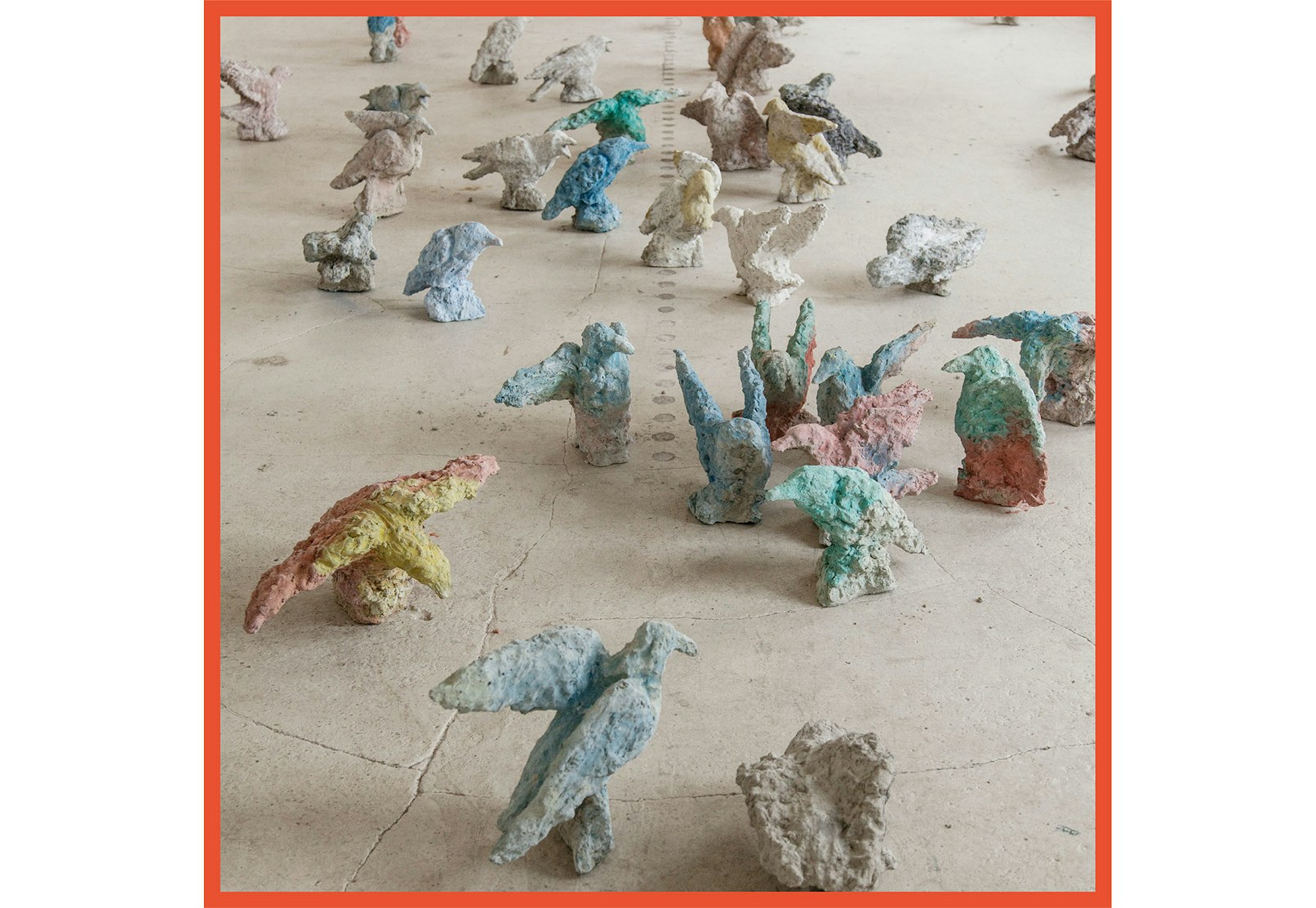
Benjamin Abel Meirhaeghe
Benjamin Abel Meirhaeghe (°1995, BE) performs and directs as a jester on the bühne, creating
theatre and musical pieces that alter the classical repertoire of opera into retro-futuristic plays. The
stage hereby functions as an echo chamber or time travelling machine, where ‘old’ and ‘new’ collide
in a glitchy coexistence. Meirhaeghe investigates the notion of origins through archaic rituals and
antique drama with a deep interest in the (r)evolution to come. Singers dance and dancers sing in
radical decors, exclaiming a range of innovative sounds and expressing sequences of experimental
gestures. As a self-taught countertenor, Benjamin Abel Meirhaeghe released chants that question the
political zeitgeist through personal reflections and intimate emotions.
For Publiek Park, Benjamin Abel Meirhaeghe will create a theatre piece that will conclude Publiek Park, by means of entering in a close dialogue with the Flora sculpture in the Citadelpark. Meirhaeghe’s narrative will unfold during twilight in an orchestrated ritual in grace of the burning celestial body.

Quenton Miller
Quenton Miller (°1981, AU) works with formats of expression through which humans create fictional
space, and moreover the knowledge that is gained from doing so. Miller researches the multitude
of discourses that generate narratives, and this through fictitious stories and images. His work takes
the form of films, novels, performances, installations, drawings, or any other artistic trajectory
through which the narrative and imagery can manifest themselves. In doing so, he explores the
many circumstances in which visual language shapes social and political reality. Miller’s working
methodology can be understood as a research into alternative, possible forms of multiplication,
distribution, use, authorship and consciousness.
Quenton Miller’s intervention for Publiek Park will respond to colonial monuments and narratives in the park through a performance. Originating from a body of works, called Higher Than History, a stunt team will perform a jump over De Mastplanters statue on a motorbike. Before and during the jump an announcer will introduce talks on the changing use of this statue, from a monument for socialism to a monument for colonialism, and the labour and infrastructure that goes into affixing monuments and their stories through time.
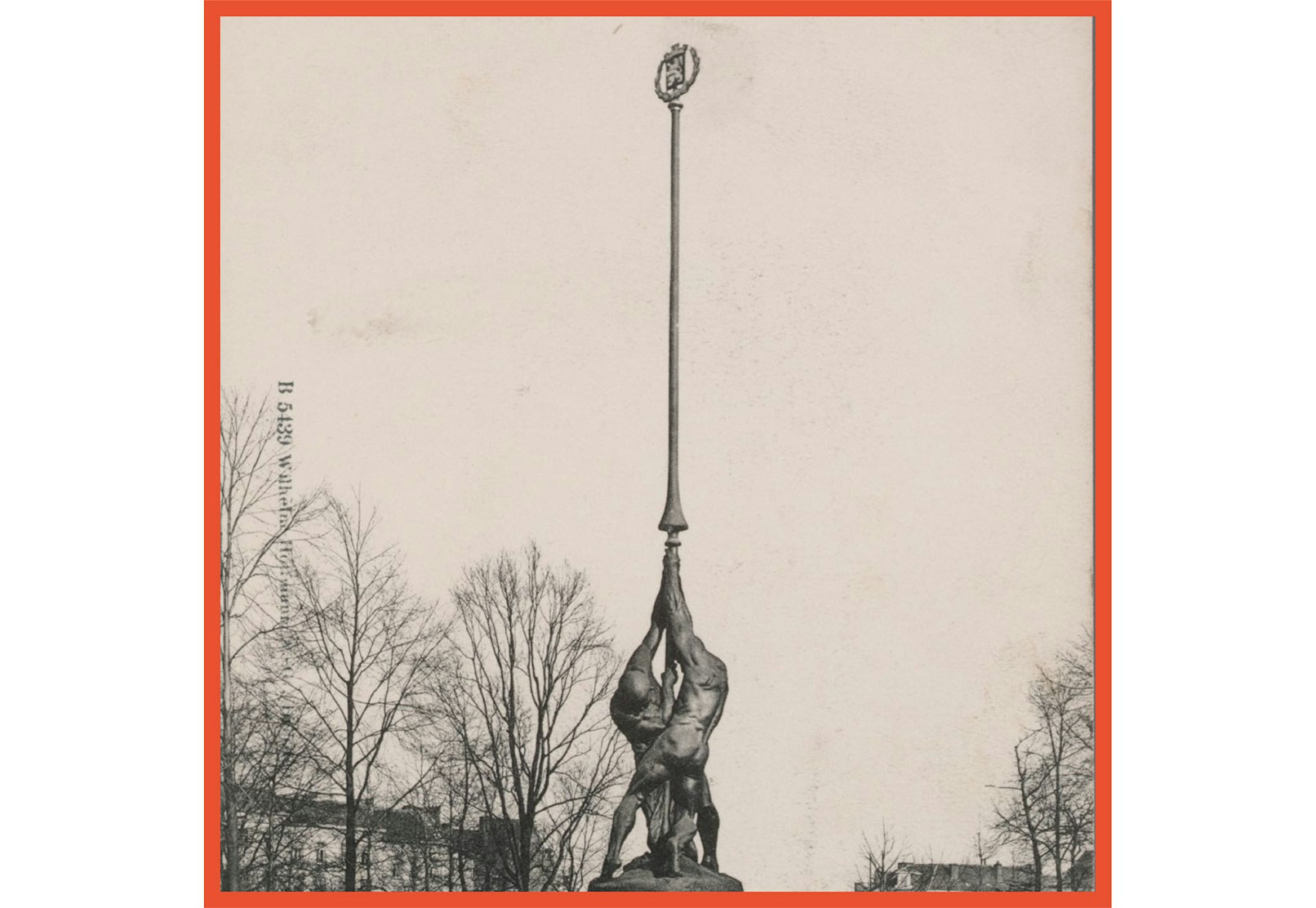
Mountaincutters
The hybrid duo-practice of mountaincutters (°1990, FR) consists mainly of site-specific sculptures
which radically reconfigure the space wherein they are exhibited. Through poetic texts and analogue
photographs, the duo finds historical and/or material leads that form the basis of their sculptural
installations. These constellations of glass, ceramic, copper and metal objects relate to one another in
a constant flux, forming a closed circuit between the different entities. The in-situ works balance on
the threshold of inactive and dynamic, of present and invisible, of rough and refined. Like an echo
of this confused identity, the installation replies with an aesthetic uncertainty, favouring transitory
situations and unfinished forms for seemingly fortuitous compositions. mountaincutters unifies
phenomena that are considered to be incompatible into one coherent volume, therefore pushing the
boundaries of the sculptural into conflict.
For Publiek Park, mountaincutters will create a site-specific installation in the open-air theatre that interacts with the height differences of the stairs within this theatrical space. The sculptures will resonate with the bodily dimensions of the absent spectators and the lost Prometheus sculpture.

Anthony Ngoya
Anthony Ngoya (°1995, FR) is a painter whose work revolves around the collective memory and the
emotional archive. Ngoya ties and weaves strips of dyed textiles and shreds of reproduced imagery
into sculptural, draped assemblages and reverbing, colourful installations that question the limits
of the painterly medium. These scattered relics of a disregarded utopia are transposed onto found
everyday objects and industrial debris resulting in a contrasting visual friction. The layered and
ambiguous compositions revoke a sublimating and diffusing coexistence of different material and
visual sources, therefore tackling the notion of the unconscious, intimate and universal memory.
For Publiek Park, Anthony Ngoya will create a new flag that will be placed on the flagpole of the sculpture De Mastplanters. This sculpture is one of the sites that the collective Smoke & Dust / 019 maintains as part of their art in public space programme.

Shalva Nikvashvili
Shalva Nikvashvili (°1990, GE) is a multi-disciplinary artist working in the fields of sculpture,
installation, performance, video and photography. The fluid practice of Nikvashvili questions how
power relations, layered identities, societal hierarchies and rooted rituals affect the unfixed role of
an artist in society through materialized memories and hallucinatory scenery. These artistic gestures
alter social roles and political dynamics, translated into a metaphorical, spiritual, linguistic and poetic
universe that makes claims upon universal notions of intimacy and identity. The artist creates a never-
ending series of masks to express and allow a multitude of voices to resonate with his practice.
For Publiek Park, Shalva Nikvashvili will present a new performance film შიში- SHISHI in the former dog shelter, a location that is currently being reactivated under the maintenance of the socio-cultural organisation Ensemble. This video-installation is based on the artist’s fears and hallucinations.

Jacopo Pagin
Jacopo Pagin (°1988, IT) is a painter whose pictorial practice relates to the mystical and enigmatic
nature of the medium of painting. As an artistic jester, Pagin broadens the two-dimensional medium
towards the fields of music, spoken word and performance by means of opening the scene for the
theatrical. The illusionary figuration within Pagin’s works depict Mediterranean rituals, symbols,
mythologies and (art)historical objects within a sardonic play of classical and canonical imagery
executed in refined, painterly tricks.
For Publiek Park, Jacopo Pagin will place several panels recalling the baroque technique of trompe- l’oeil. These paintings will function as a landscape view inside the cracks of the grotto which is shrouding the casemates.
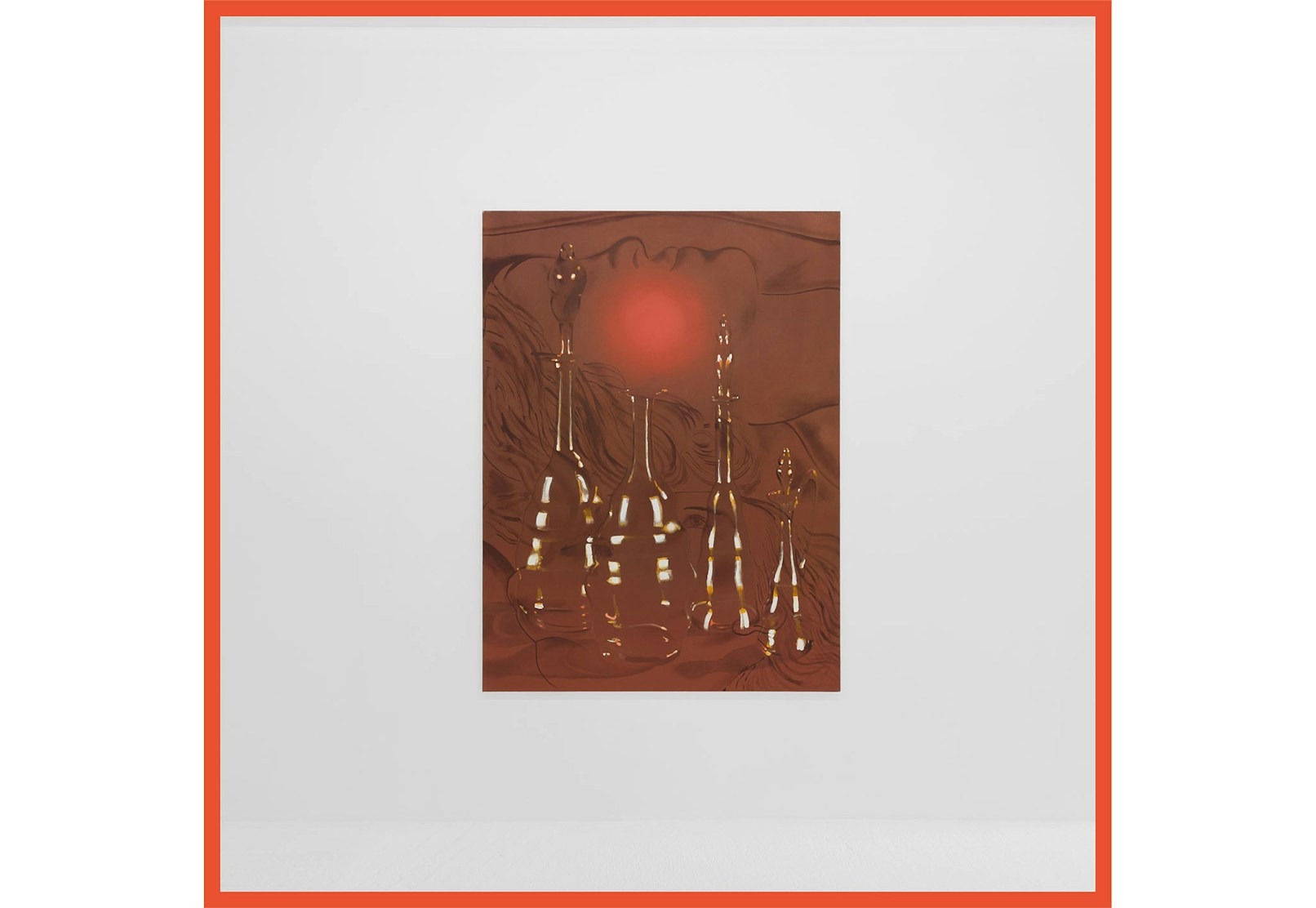
Laure Prouvost
For Publiek Park, Laure Prouvost will present a video in the mysterious aquarium grotto, a cave-
like space that still carries the traces of the past, when the artificial rock formations embedded water
basins that were used to showcase fishes of all kinds.
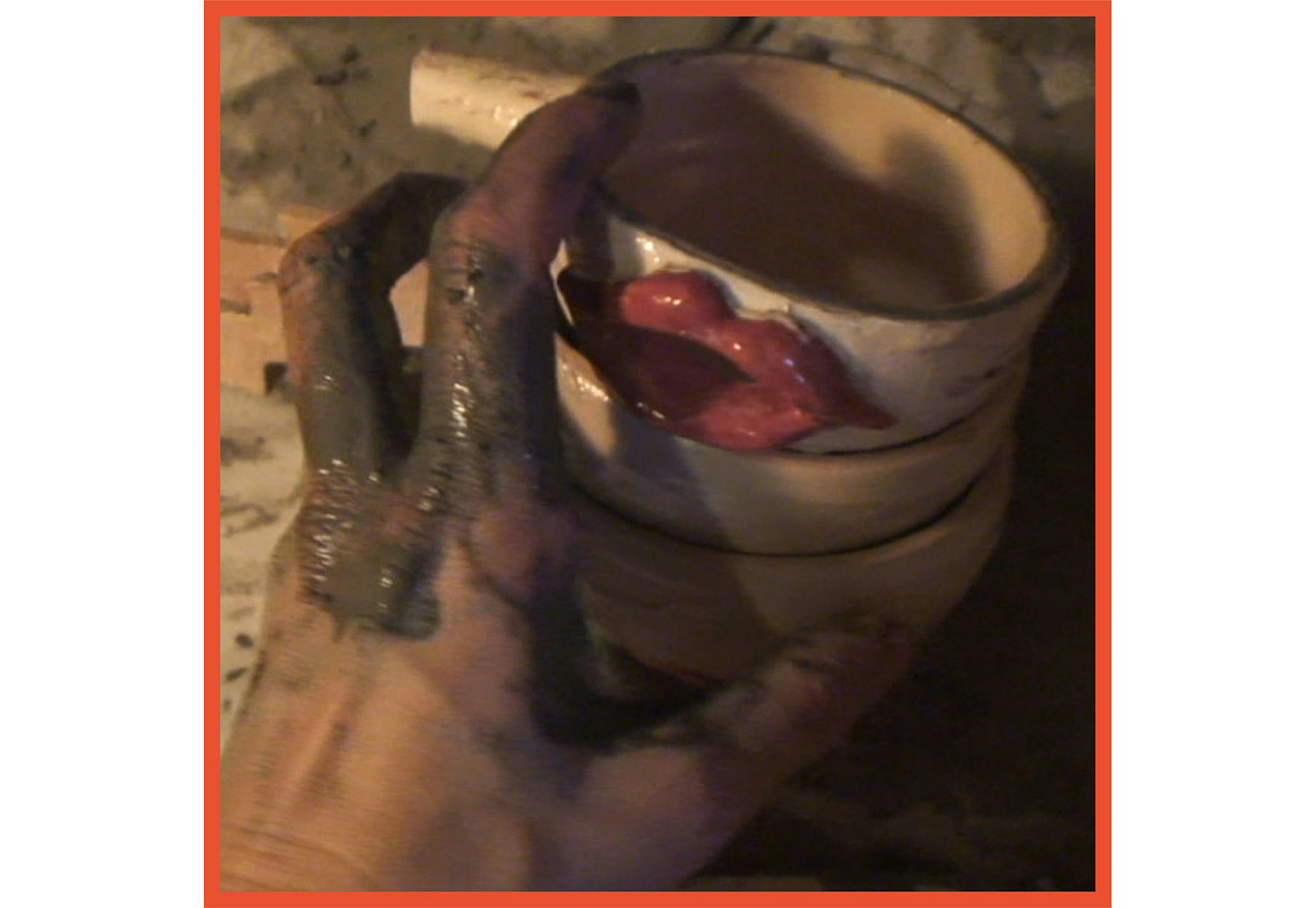
Clara Spilliaert
The drawing practice of Clara Spilliaert (°1993, JP) germinated from a series of visual, intimate
diaries that are pervaded with floralistic symbols, mythological creatures and swirly letters,
flourishing into several sensual anthologies. Afterwards, Spilliaert’s practice branched out to
moving image and ceramic sculpture within a persistent framework of subtile humor and tangible
contemplations. She is fascinated by the history of emblems and symbols and moreover in the
descendant formation of individual or collective identities. Within the artist’s universe, notions of
gender, nationality and the human relation to nature are being questioned through elegant metaphors
and poetic tropes.
For Publiek Park, Clara Spilliaert will formulate a ceramic sound installation, responding to the Kotoji-lantern in the framework of the fiftieth anniversary of the diplomatic bounds between the sister cities Kanazawa (JP) and Ghent (BE). The installation will refer to the ceremonial music instrument ‘Kagura-suzu’ that she discovered during her travels in Kanazawa.
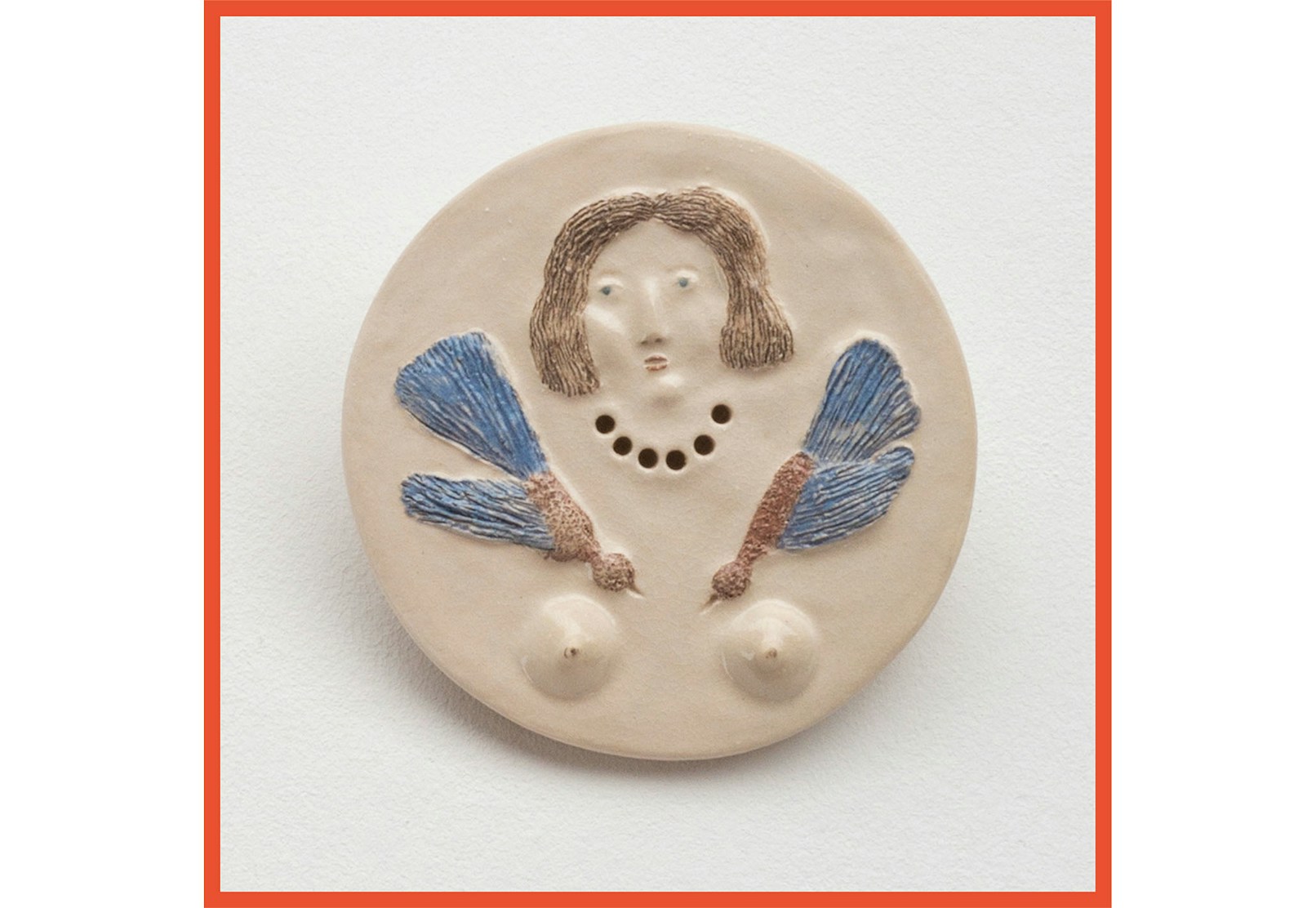
Evita Vasiljeva
Evita Vasiljeva (°1985, LV) works primarily in sculpture, sound and installation art by creating
objects that recycle and repurpose materials which are used predominantly in construction work, as
well as devices such as non-functioning electronic appliances and other relics dug out from the urban
landscape. Their meaning and role appear cryptic, and seemingly open up to various interpretations.
Though the rigid bodies both metaphorically and literally cement a stage for further interactions in-
between themselves and the visitors’ gaze. Whilst repurposing materials, Vasiljeva also creates new
aesthetics and relational dynamics with spaces, audiences, and art histories. Her sculptural trajectory
revolves around the duality of skeleton and mass as two inherent, inseparable and compatible
alliances.
For Publiek Park, Evita proposes a site-specific work that allocates the lanterpoles that were installed for the World Fair of 1913 as supporting bearers for her new installation.
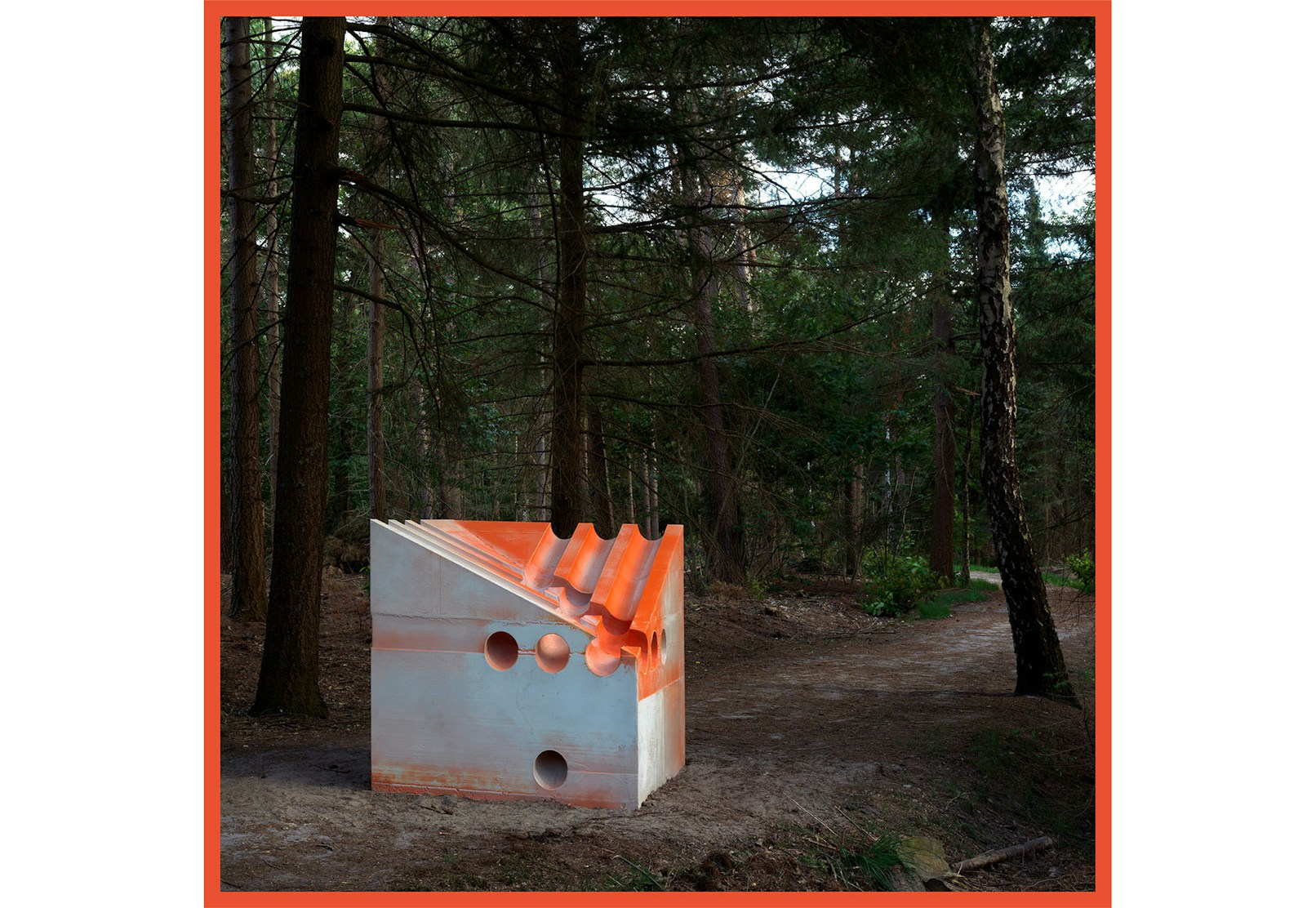
Xuan-Lin Wang
Xuan-Lin Wang (°1994, TW) is a textile designer, artist, performer and photographer whose practice
tackles the potency of symbiotic relations between human beings, their natural environment and the
role of art within this constellation. In Wang’s sculptural and activist performances, the artist subverts
the idea of culture versus nature by means of interweaving both fields of research. She develops
natural degradable garments that transform her bodily state of being into the vegetative world that
surrounds her. Wang is deeply concerned with the earthly presence of human beings and their sequent
awareness towards ecology. Xuan-Lin Wang creates performative situations wherein she addresses
her physicality and the manufactured objects as a representation of our collective interconnectedness
with the natural environment.
For Publiek Park, Xuan-Lin Wang will perform in the glasshouses of the botanical garden, where she will enter in strong dialogue with the residing plants and flowers in this unique setting.
